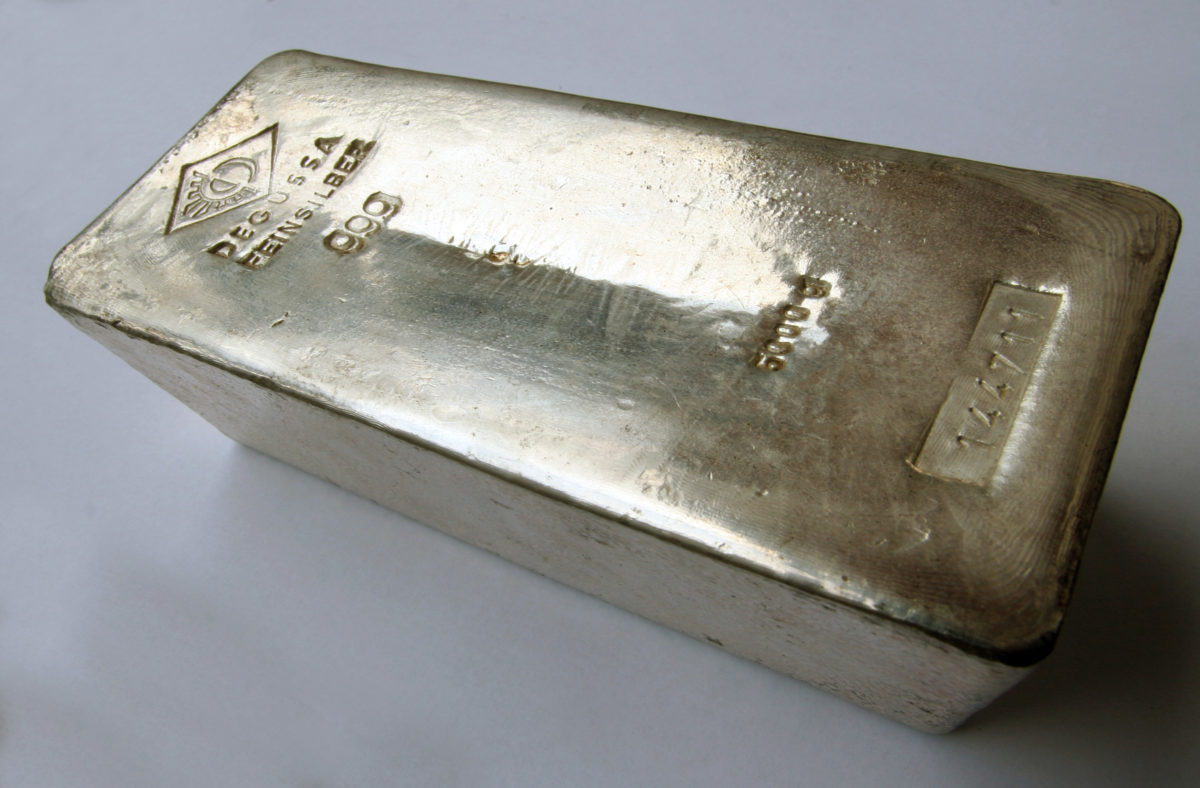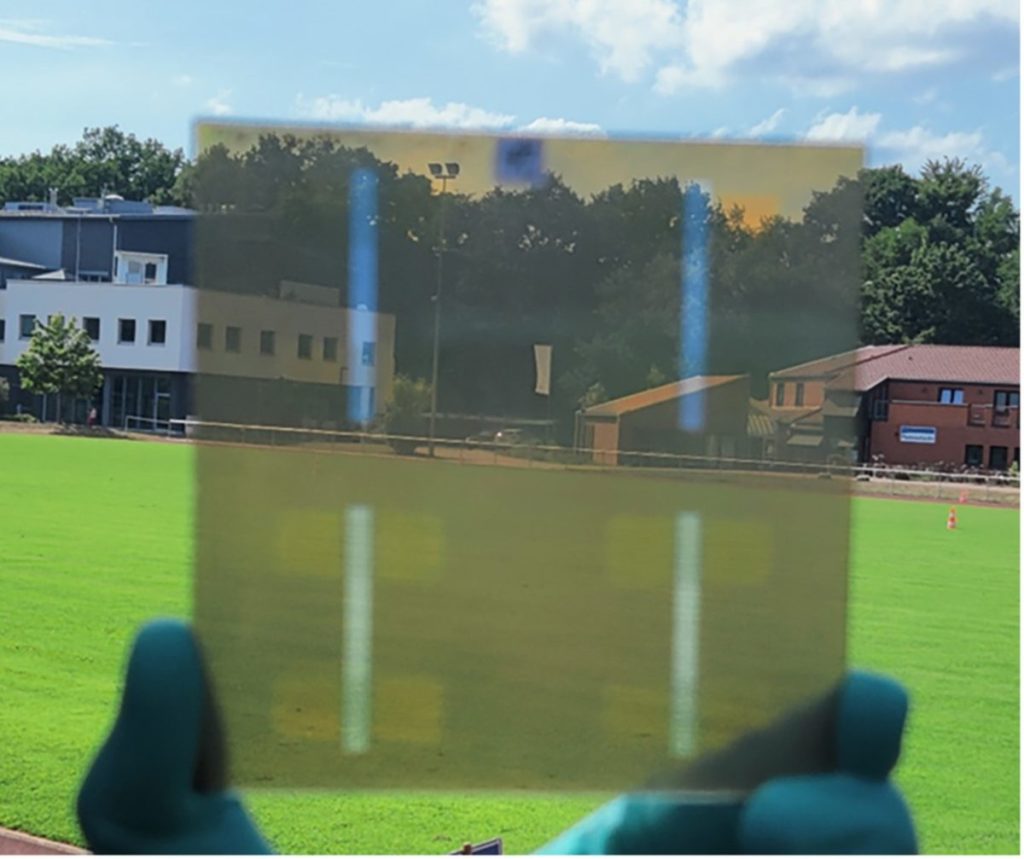https://www.pv-magazine.com/2023/01/06/why-solar-needs-to-slim-down-on-silver/
Why solar needs to slim down on silver

Image: Armin Kübelbeck, Wikimedia Commons
Solar cells use silver to conduct the electric charge out of the cell and into the system. Each cell produced today requires just a few milligrams of the precious metal, but this quickly adds up and plenty of recent studies have illustrated how the rapidly growing solar industry could exhaust much of the world’s known silver reserves by 2050 or even earlier.
Even before the alarm began to be raised about availability of silver, cell makers were keen to cut their consumption of it anyway, as one of the most costly materials used in solar manufacturing. New research from Australia’s UNSW, however, shows that silver reduction efforts need to ramp up significantly to avoid a supply problem, particularly with the introduction of new n-type technologies that require more silver than the PERC cells that still represent more than 80% of the market today.
The UNSW group’s latest paper, “The silver learning curve for photovoltaics and projected silver demand for net-zero emissions by 2050,” was recently published in Progress in Photovoltaics. It examines the impact of different PV technology pathways on silver demand.
“The results show that the current rate of reduction in silver consumption is not sufficient to avoid increasing silver demand from the PV industry and that the transition to high-efficiency technologies including TOPCon and SHJ could greatly increase silver demand, posing price and supply risks,” said the researchers.
The key conclusion is that increased investment is needed in research and development of “silver-lean” PV technologies, and recent achievements with copper plating are presented as particularly promising.
Popular content
“Although plating requires a major change from existing manufacturing practices, copper plating represents a promising opportunity to accelerate the reduction of silver usage by the PV industry, while overcoming any physical constraints imposed by printing technology,” the group said.
Over the longer term, the recycling of older solar modules could provide a significant source of silver. However, further investment and research is needed here, and it may still be several decades before the volume of PV waste processed each year is enough for more than a marginal contribution of new silver.
The scientists further warn against relying on the possibility of increased silver production, noting that the most accessible silver resources have already been mined. They said that opening up new mines will likely mean digging deeper or processing lower quality ores – all of which leads to increased energy consumption.
This content is protected by copyright and may not be reused. If you want to cooperate with us and would like to reuse some of our content, please contact: editors@pv-magazine.com.




